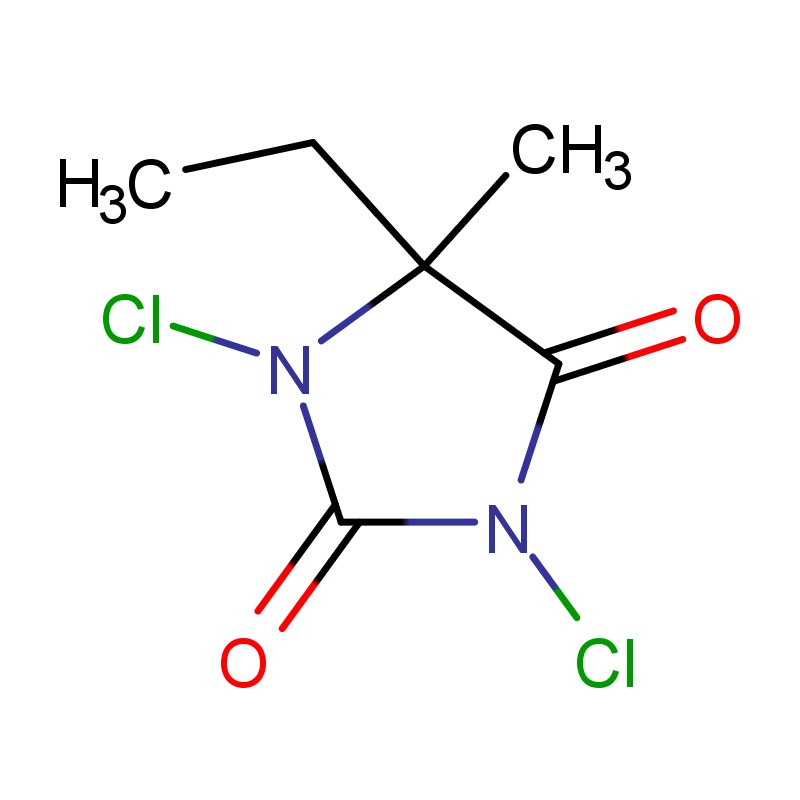
- English
- Español
- Português
- русский
- Français
- 日本語
- Deutsch
- tiếng Việt
- Italiano
- Nederlands
- ภาษาไทย
- Polski
- 한국어
- Svenska
- magyar
- Malay
- বাংলা ভাষার
- Dansk
- Suomi
- हिन्दी
- Pilipino
- Türkçe
- Gaeilge
- العربية
- Indonesia
- Norsk
- تمل
- český
- ελληνικά
- український
- Javanese
- فارسی
- தமிழ்
- తెలుగు
- नेपाली
- Burmese
- български
- ລາວ
- Latine
- Қазақша
- Euskal
- Azərbaycan
- Slovenský jazyk
- Македонски
- Lietuvos
- Eesti Keel
- Română
- Slovenski
- मराठी
- Srpski језик
Hydantoin Pharmaceutical Intermediates Synthesis and Applications
2025-08-28
This comprehensive guide explores the synthesis, applications, and technical specifications of hydantoin pharmaceutical intermediates. As critical building blocks in the pharmaceutical industry, these compounds play a pivotal role in developing various therapeutic agents. We will delve into the chemical processes involved in their synthesis, their diverse applications across medical fields, and provide detailed product parameters to help you make informed decisions. Additionally, we will highlight why Leache stands as a trusted partner for high-quality hydantoin intermediates.
Introduction to Hydantoin Pharmaceutical Intermediates
Hydantoin and its derivatives are five-membered heterocyclic compounds containing two nitrogen atoms. They serve as essential precursors in synthesizing numerous active pharmaceutical ingredients (APIs). Their structural versatility allows for modifications that enhance pharmacological properties, making them invaluable in drug development. Hydantoin pharmaceutical intermediates are particularly significant in creating anticonvulsants, antimicrobials, and anticancer drugs. At Leache, we specialize in producing these intermediates with exceptional purity and consistency, ensuring they meet the stringent requirements of pharmaceutical manufacturing.
Synthesis of Hydantoin Pharmaceutical Intermediates
The synthesis of hydantoin derivatives involves several well-established methods, each tailored to achieve specific structural features. Below are the primary techniques:
-
Bucherer-Bergs Synthesis:
This method involves the reaction of carbonyl compounds (aldehydes or ketones) with potassium cyanide and ammonium carbonate. It is widely used for producing hydantoins with substituents at the 5-position. -
From Amino Acids:
Hydantoins can be synthesized by cyclizing amino acids with cyanate or urea. This route is advantageous for generating optically active intermediates. -
Condensation Reactions:
Glyoxylic acid or its derivatives can react with urea and primary amines to form hydantoins. This approach allows for introducing diverse functional groups. -
Enzymatic Synthesis:
Biocatalytic methods using enzymes like hydantoinase offer stereoselective production, which is crucial for creating chiral intermediates.
At Leache, we employ state-of-the-art facilities and rigorous quality control to ensure our hydantoin pharmaceutical intermediates are synthesized with high yield and purity.
Applications of Hydantoin Pharmaceutical Intermediates
Hydantoin derivatives are integral to numerous pharmaceutical applications due to their broad biological activity. Key areas include:
-
Anticonvulsant Drugs:
Phenytoin, a hydantoin derivative, is a well-known antiepileptic medication used to control seizures. -
Antimicrobial Agents:
Nitrofurantoin, used for treating urinary tract infections, is derived from hydantoin intermediates. -
Anticancer Therapeutics:
Some hydantoin-based compounds exhibit antitumor properties and are being explored in oncology research. -
Anti-inflammatory and Analgesic Drugs:
Hydantoin derivatives have shown potential in reducing inflammation and pain. -
Cosmeceuticals:
Due to their preservative qualities, hydantoin compounds are used in skincare products.
Our hydantoin pharmaceutical intermediates are designed to support these applications with reliability and efficacy.
Product Parameters: Leache’s Hydantoin Pharmaceutical Intermediates
We offer a range of hydantoin intermediates tailored to meet diverse pharmaceutical needs. Below are the detailed specifications for our flagship products.
Key Product List:
-
5,5-Dimethylhydantoin
-
5-Phenylhydantoin
-
1-Methylhydantoin
-
Hydantoin-5-acetic Acid
-
Dantrolene Intermediate
-
Furazolidone Intermediate
-
Nitrofurantoin Intermediate
-
Allantoin
Technical Specifications Table:
| Product Name | CAS Number | Molecular Formula | Purity (%) | Melting Point (°C) | Appearance | Solubility |
|---|---|---|---|---|---|---|
| 5,5-Dimethylhydantoin | 77-71-4 | C5H8N2O2 | ≥99.0 | 174-178 | White crystals | Soluble in hot water |
| 5-Phenylhydantoin | 5377-48-4 | C9H8N2O2 | ≥98.5 | 218-220 | White powder | Soluble in ethanol |
| 1-Methylhydantoin | 616-04-6 | C4H6N2O2 | ≥99.0 | 190-192 | White crystals | Soluble in water |
| Hydantoin-5-acetic Acid | 645-79-0 | C5H6N2O4 | ≥98.0 | 210-212 | Off-white powder | Soluble in alkaline solutions |
| Dantrolene Intermediate | 7262-75-1 | C14H10N4O5 | ≥97.5 | 285-287 | Yellow powder | Slightly soluble in DMSO |
| Furazolidone Intermediate | 67-45-8 | C8H7N3O5 | ≥98.0 | 255-257 | Yellow crystals | Soluble in DMF |
| Nitrofurantoin Intermediate | 67-20-9 | C8H6N4O5 | ≥99.0 | 260-262 | Yellow powder | Soluble in DMSO |
| Allantoin | 97-59-6 | C4H6N4O3 | ≥99.5 | 230-232 | White crystals | Soluble in hot water |
Quality Assurance and Compliance
At Leache, we prioritize quality and safety. Our hydantoin pharmaceutical intermediates are manufactured in compliance with ISO 9001 standards and strict Good Manufacturing Practices (GMP). Each batch undergoes comprehensive testing, including:
-
High-Performance Liquid Chromatography (HPLC) for purity assessment.
-
Gas Chromatography (GC) for residual solvent analysis.
-
Mass Spectrometry (MS) for structural confirmation.
-
Nuclear Magnetic Resonance (NMR) for molecular verification.
We provide Certificates of Analysis (CoA) with every shipment to guarantee product integrity.
Why Choose Leache for Hydantoin Pharmaceutical Intermediates?
With decades of experience in chemical manufacturing, Leache offers unparalleled expertise in producing high-quality hydantoin pharmaceutical intermediates. Our advantages include:
-
Custom Synthesis: Tailored solutions to meet specific customer requirements.
-
Scalable Production: From lab-scale to commercial quantities, we ensure consistent supply.
-
Global Logistics: Efficient shipping and handling to deliver products worldwide.
-
Technical Support: Dedicated team to assist with product selection and application challenges.
Conclusion
Hydantoin pharmaceutical intermediates are indispensable in modern drug development, offering versatile chemical properties that drive innovation in therapeutics. Leache is committed to providing top-tier intermediates that empower pharmaceutical companies to create life-changing medications. We invite you to experience the Leache difference—where quality, reliability, and expertise converge.
For more information or to request a quotation, please reach out to us at tina@leachechem.com. Let’s collaborate to advance healthcare together.




